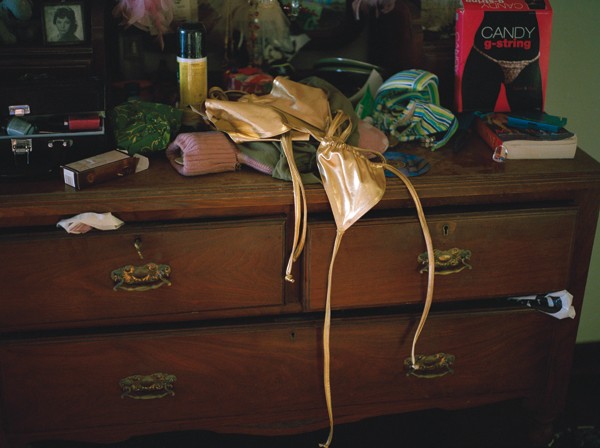First Published in
Nontsikelelo Veleko was born squint. The doctors wanted to replace her eye but her grandmother, a traditional healer, resisted, saying that it was a challenge from the ancestors and that she must learn to master it. Her sister too had been born with a bad leg that the doctors wanted to cut off. The sister went on to become the fastest runner in her school. Veleko became the 2008 Standard Bank Young Artist for Visual Art.
"I can tell you stories from my culture that make people think I'm crazy for believing. It's an oral culture, but I trust my grandmother and other elders because they wouldn't have left me knowledge for nothing. Yet, this narrative aspect of culture goes unwritten - why should it be less important than the written? My photos are a form of public history," says Veleko, who is best known for her arresting street-fashion portraits.
"Fashion and graffiti are always seen at face value and in one dimension. But if you scrape through the cloth and the texture and the details, you can understand what's happening socially. What is happening when skirts come up and what is happening when skirts come down? It's a language," explains Veleko.
Thirty years of age, Veleko has had a rapid ascension to fame following her one year of graphic design studies at the Cape Technikon and five years at the Market Photography Workshop. First noticed in 2003 for her exhibition of photographed graffiti, The Ones on Top Won't Make it Stop!, her www.notblackenough.lolo project was also selected for the MTN New Contemporaries exhibition later that year. In 2004, she launched her most travelled project, Beauty is in the Eye of the Beholder, which first saw Veleko documenting street fashion and has shown across the world - including Rome, New York, Paris, London, Tokyo, Cape Town and Johannesburg. As the 2008 Standard Bank Young Artist for Visual Art, she is only the second photographer to receive the award (Pieter Hugo received the award in 2007).
The award supported her through the making of Wonderland, which launched at this year's Grahamstown National Festival and will travel throughout the country for the next year. In Wonderland, Veleko sought to challenge herself by expanding her comfortable photographic hunting grounds of Johannesburg, where she lives. Instead, she chose to push her geographic confines, also visiting Durban and Cape Town.
Continuing to explore fashion, public spaces and graffiti, Wonderland is her first exhibition to combine these subjects, which have previously been explored individually. The result is a visual language that goes beyond pop culture, breaking racial, social and age restrictions. Dead-on eyes in her portraits address the viewer directly, disarmingly following one around the exhibition. The portraits challenge, daring one to make a snap judgement; there are no stereotypes in this space. Even though you might want to box this one as a hip-hop head and that one as an indie kid, or this space as a garage and that one as a wasteland, the photos demand that you question what you think you know about these individuals and spaces. It is a subversion of preconceptions.
Indeed, she admits that she identifies with her subjects. "I do recognise a bit of myself in the people I photograph, but there's more than that because they're not me! These young people often get harassed for dressing up that way - sometimes even physically. But they still claim that space and say 'we are here', and they don't feel sorry for being here. I want to celebrate it and say: 'It's okay, it's beautiful to be different, why should we all be the same?' I think that even with difference, we can still respect each other," insists Veleko.
And it is thus that Veleko uses her camera to elevate the legacy of these individuals beyond written history. Indeed, allowing these members of the public to participate in the creative consciousness of the heralded gallery space may well have Clement Greenberg turning in his grave.















